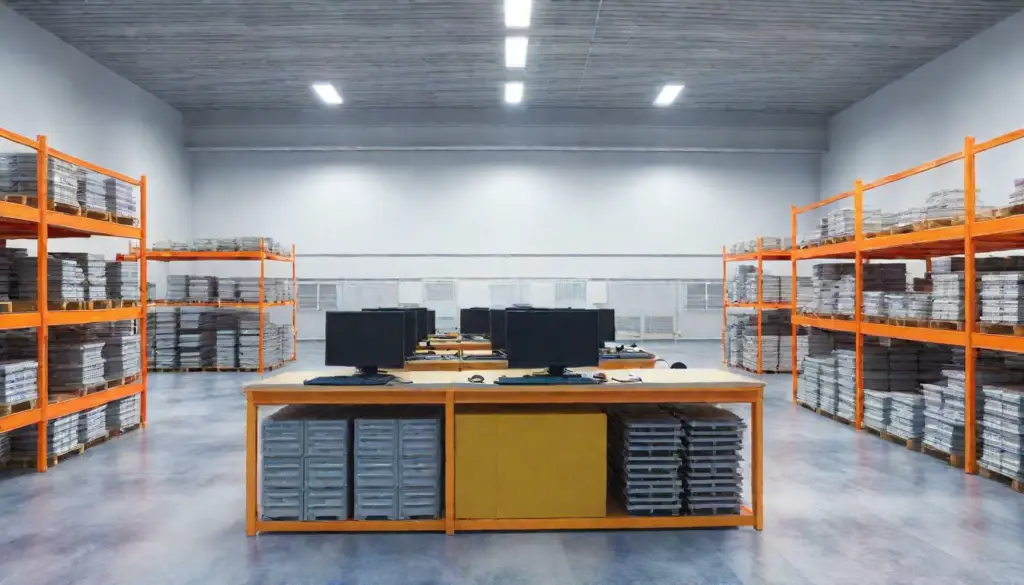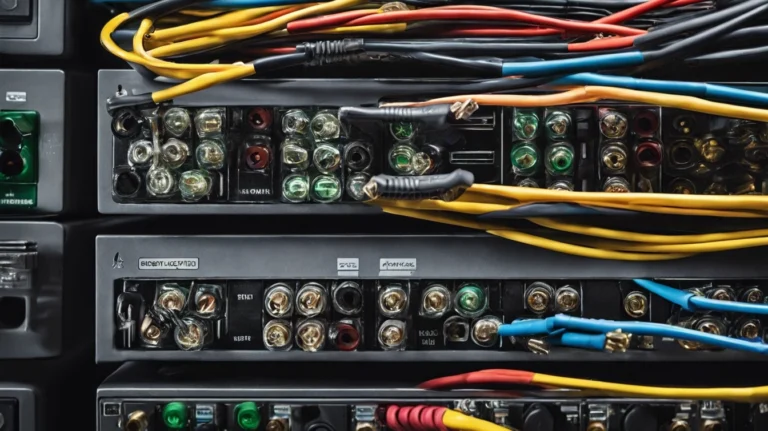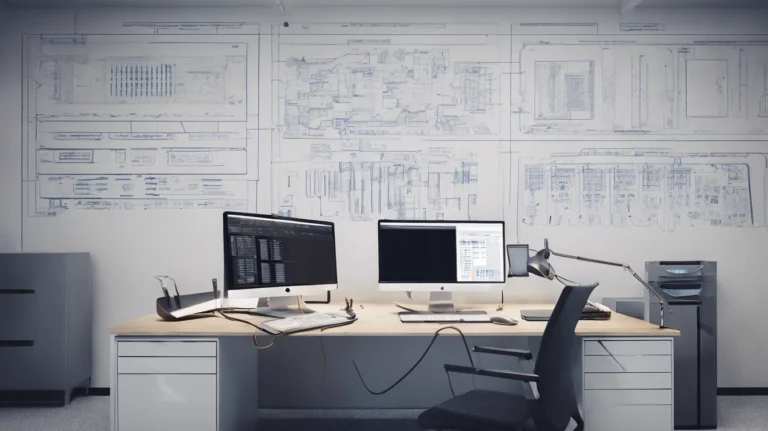As discussed in our previous article, “What is ITAD?”, the most useful information technology asset disposition requires resources and expertise to maximize effectiveness. Many companies rely on third-party ITAD providers to manage this process.
A lot of people don’t realize that advances in electronics recycling technology—as well as a growing worldwide concern for the environment—have made it relatively easy for companies to safely, efficiently, and effectively recycle their electronic waste.
And because consumers today are more invested in the way you treat the environment, it’s more important than ever for your organization to have a transparent plan for lessening your negative impact on the environment. An effective ITAD plan can play a role in your broader environmental initiatives; and your perception in both the public eye and that of your workforce.
If you don’t have the bandwidth for someone on staff to be dedicated to understanding how to minimize your costs and maximize any possible recovery, then you would benefit from an ITAD partner.
Keep Recycling Simple
An ITAD partner will make e-waste recycling secure and straightforward for your organization. Most will offer options based on the volume of material you plan to recycle. This partner will typically offer different bin sizes, deliver them to your location to fill with as much content as you wish, and then pick them up for one fee. If you have many non-data-bearing devices, palletized electronic recycling (weight- and freight-based) can be even more economical.
Ultimately, the right partner will work out the best plan for your company, even down to à la carte and per-pound options. From a one-time pick up to revolving service-level agreements, the right ITAD partners will know how to help you make a difference in your business – and the world.
Your ITAD provider should also be Certified e-Stewards®. e-Steward is an initiative that began in 2003 by the Basel Action Network (BAN). BAN works to restrict the harm of hazardous waste around the globe. Their e-Steward Standard upholds “a safe, ethical, and globally responsible standard for e-waste recycling and refurbishment.” BAN represents leaders and creative thinking across the recycling, disposal, health and safety, and environmental sectors. When you partner with a certified e-Steward, you can trust that they work within the highest legal and ethical global standards.
E-Waste Recycling Can Be Complex
An entire industry has been developing around safe, responsible, and sustainable reducing, reusing and recycling electronics. By partnering with a certified third-party ITAD expert, you can most effectively minimize the impact of your dead tech on both your data security and the environment.
Your Certified e-Steward partner will manage the entire process behind recycling your e-waste:
Step One: Data Sanitization
You might think that removing parts of a hard drive and damaging them will destroy all the sensitive information housed in the equipment. But drilling hard drives isn’t enough. Not only is it possible for data to remain recoverable, but it also exposes harmful chemicals to the person holding the drill. In short, it’s neither safe nor effective. Experts in the management and handling data-bearing devices know how to comply with the core set of standards around effective and environmental data sanitization.
Step Two: Remarketing and Reselling
After your ITAD partner has thoroughly sanitized a device, they consider it for reuse. Reuse is the best-case scenario: You are not just saving space in a landfill but alleviating the need for a newly manufactured product. Additionally, recycling e-waste can result in credit from proceeds realized by selling refurbished items. While this is unlikely to ever result in a net profit, it can help offset the costs of your e-waste recycling program budget.
Step Three: Sustainable Recycling
Certified e-Stewards process parts in ways that are both legal and ethical. After safe data sanitization, ITAD partners recycle items that do not qualify for remarketing by manually disassembling them. The individual components (such as cabling, circuit boards, glass, metals, and plastics) are valuable for their raw materials.Non-renewable materials such as lead, cadmium, mercury, lithium, manganese, nickel, and zinc can be recycled an infinite number of times and have real commercial value.
By partnering with an experienced ITAD provider, your organization’s responsibility can be as simple as placing old equipment in the right bin. They’ll take care of the rest.





